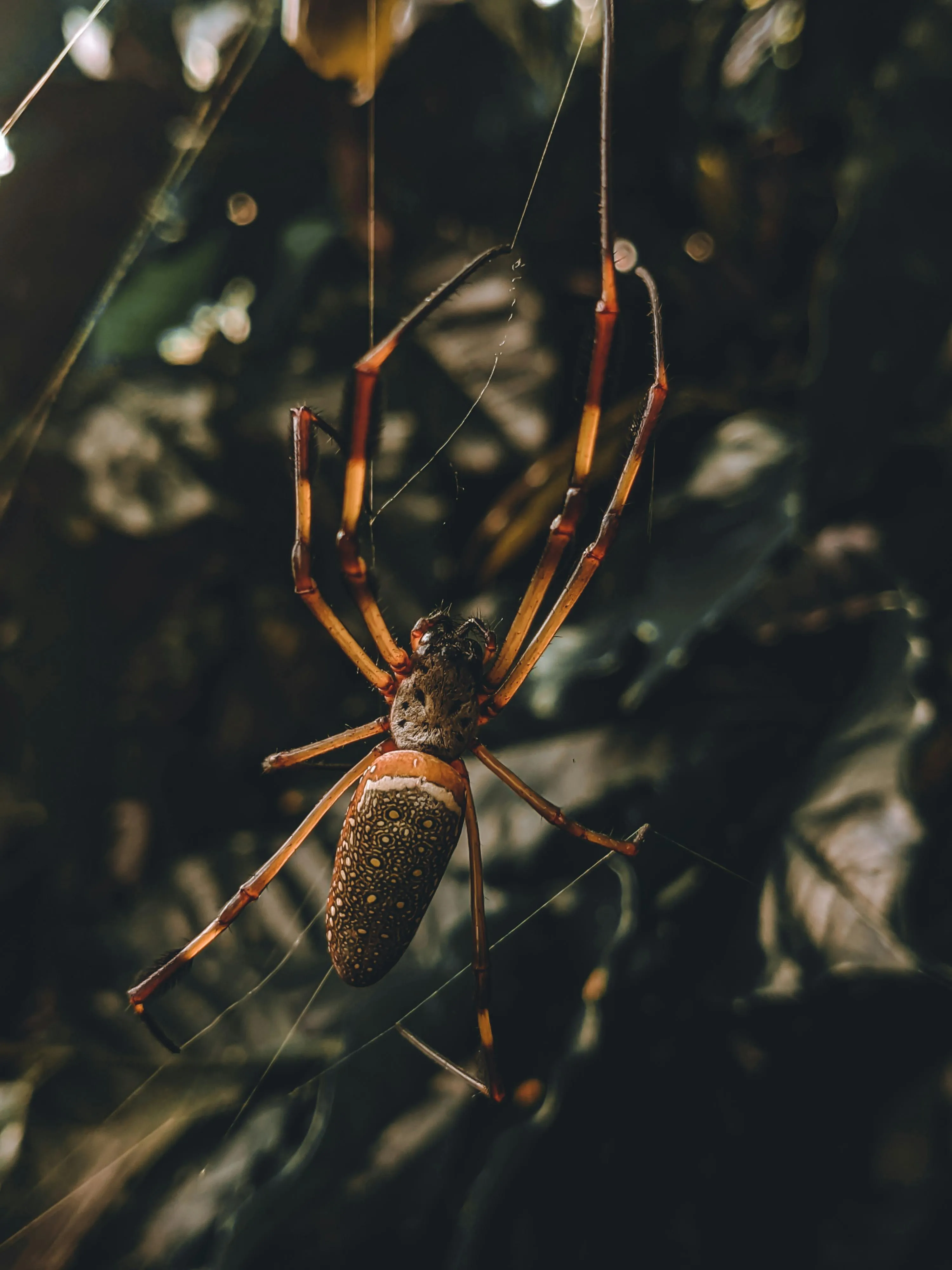Tarantula Images Top 5 Facts You Must Know
Tarantula images have fascinated people for centuries, offering a glimpse into the mysterious and often misunderstood world of these arachnids. The beauty of tarantulas, captured through photography, helps to dispel myths and foster a greater appreciation for these creatures. When you look at a tarantula image, you’re not just seeing a spider; you’re witnessing a complex ecosystem, a unique life cycle, and the artistry of nature. Understanding the habitats, behaviors, and characteristics of tarantulas can greatly enhance your appreciation for tarantula images and the stories they tell. This article unveils five fascinating facts that will change the way you see tarantula images and the spiders themselves.
Understanding Tarantula Habitats
Tarantulas are found in a wide range of habitats, from tropical rainforests to arid deserts. The tarantula image often reflects these diverse environments, with photos showcasing the spider amidst lush vegetation, rocky outcrops, or sandy terrains. Their habitat plays a crucial role in their survival, providing shelter, food, and protection from predators. The ability of tarantulas to adapt to different environments is a testament to their resilience. Understanding their habitat not only enhances the context of tarantula images but also highlights the importance of conservation efforts to protect these diverse ecosystems and the amazing spiders who live in them. Capturing a tarantula in its natural habitat is a challenge, but it provides the most stunning images.
Tarantula Images Show Variety
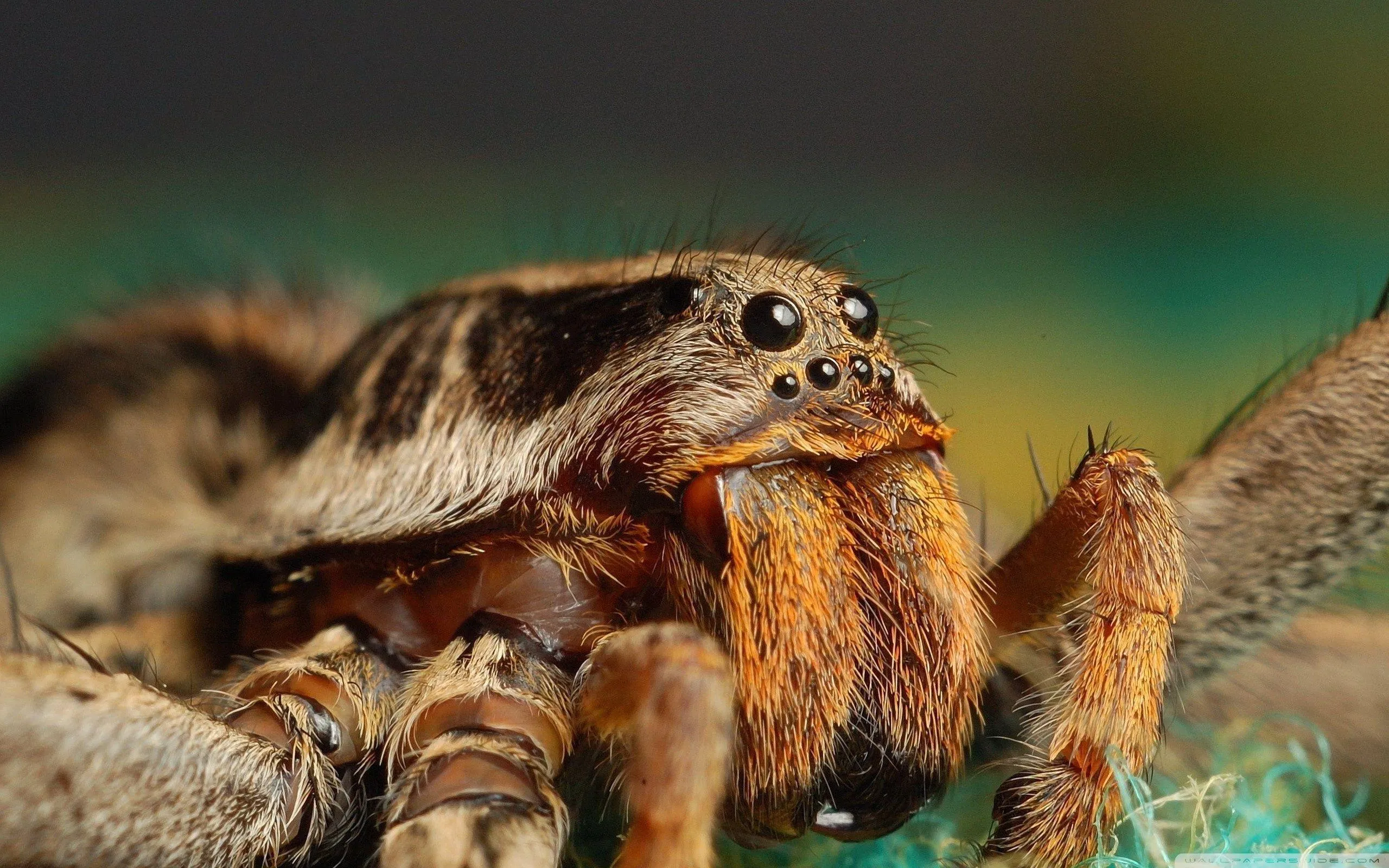
The sheer variety of tarantula species is staggering, each with unique characteristics and appearances. Tarantula images showcase the incredible diversity of colors, patterns, and sizes found among these spiders. Some tarantulas are adorned with vibrant hues, while others have more subtle, earthy tones. The variations in leg span, body shape, and hair patterns further add to their uniqueness. When browsing tarantula images, observe the details – the texture of the hairs, the arrangement of the eyes, and the overall posture – to fully appreciate the diversity and beauty of these creatures. The wide range of species provides endless opportunities for photography.
Identifying Different Tarantula Species
Identifying different tarantula species can be a rewarding aspect of tarantula image appreciation. Observing subtle differences in appearance, such as color patterns, body shape, and hair type, can help you distinguish between various species. Some key features to look for include the presence of urticating hairs, which tarantulas use for defense. Other important characteristics include the shape of the carapace, the arrangement of the eyes, and the overall size and proportions of the spider. Numerous online resources and field guides can assist in species identification, allowing you to gain a deeper understanding of the tarantulas you encounter in images. Understanding how to identify different species allows for more detailed descriptions of tarantula images.
The Importance of Lighting in Photos
Lighting is a critical element in capturing stunning tarantula images. Proper lighting can reveal the intricate details of a tarantula’s appearance, from the delicate hairs on its legs to the subtle patterns on its carapace. Natural light is often preferred, providing soft, even illumination that enhances the colors and textures of the spider. When shooting indoors, artificial light sources such as flash or studio lights can be used, but it’s essential to diffuse the light to avoid harsh shadows and overexposure. Experimenting with different lighting angles and techniques can dramatically improve the quality and impact of your tarantula images, bringing out the best in these amazing creatures. The right lighting will make your tarantula images really pop.
Top 5 Facts About Tarantulas
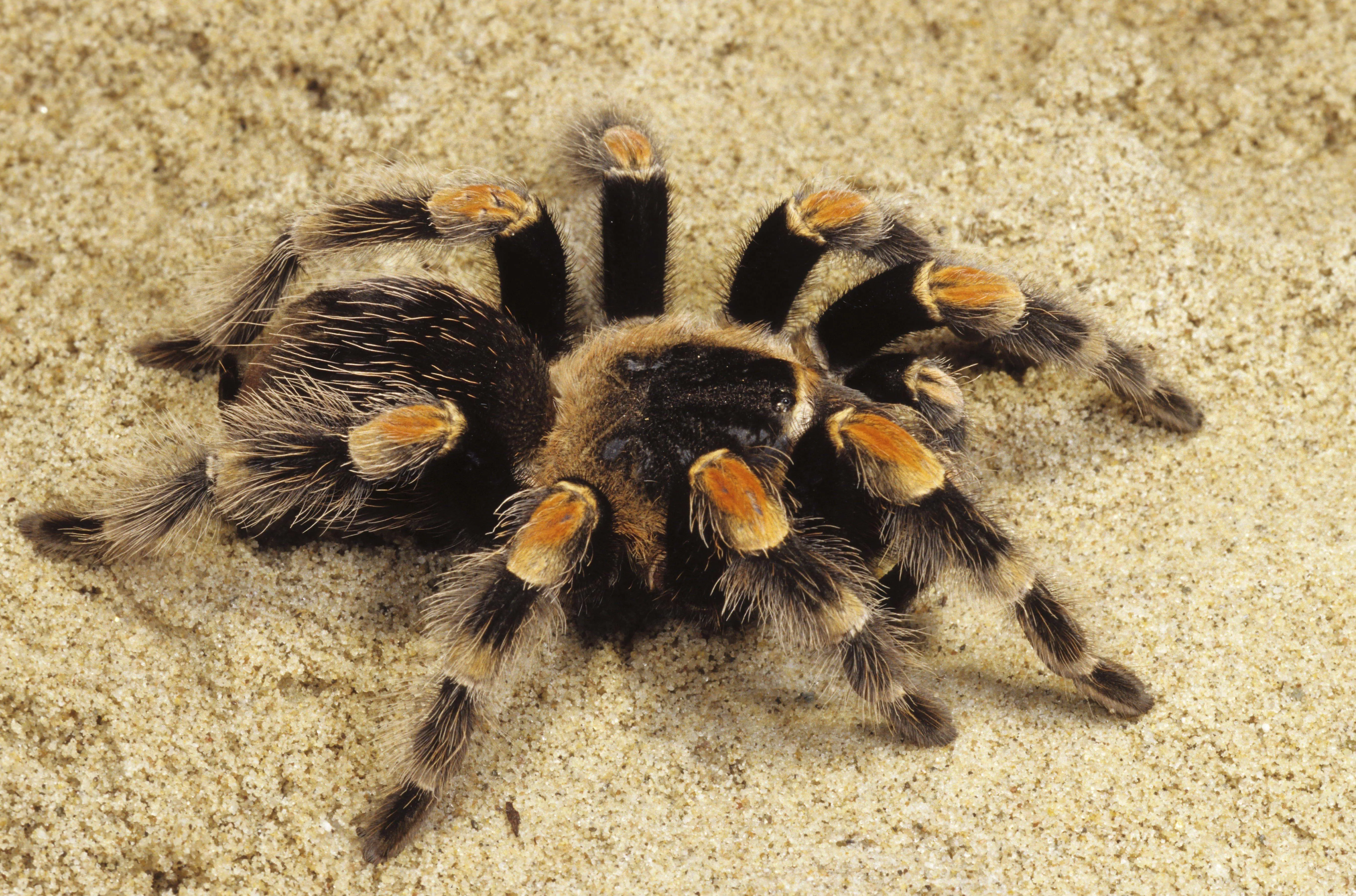
Beyond the stunning tarantula images, it’s essential to understand the key facts about these creatures. This understanding will help you better appreciate the images. Here are five essential facts that will change the way you see tarantulas.
Tarantula Images Show Their Venom
Contrary to popular belief, most tarantula venom is not deadly to humans. Their venom is primarily used to immobilize prey. While a bite can be painful, the effects are typically similar to a bee sting. Tarantula images may sometimes depict the spider in a defensive posture, showcasing their fangs. Learning about tarantula venom demystifies the potential danger and emphasizes that, while a bite can be unpleasant, it’s rarely life-threatening to humans. This understanding is essential for both appreciating tarantula images and handling these creatures responsibly. Understanding their venom helps to take safer photos.
Tarantula Diet & Feeding Habits
Tarantulas are primarily predators, feeding on insects, small animals, and even other spiders. Their diet varies depending on their size and habitat. Tarantula images often showcase the spider capturing and consuming its prey, illustrating their hunting prowess. Feeding habits are also a fascinating aspect of their biology, revealing how they use their fangs to inject venom and enzymes to liquefy their food. Observing these behaviors helps us better understand the role of tarantulas in their ecosystems. Understanding their diet and feeding habits is crucial for both captive care and appreciation of tarantula images.
The Lifespan of Tarantulas
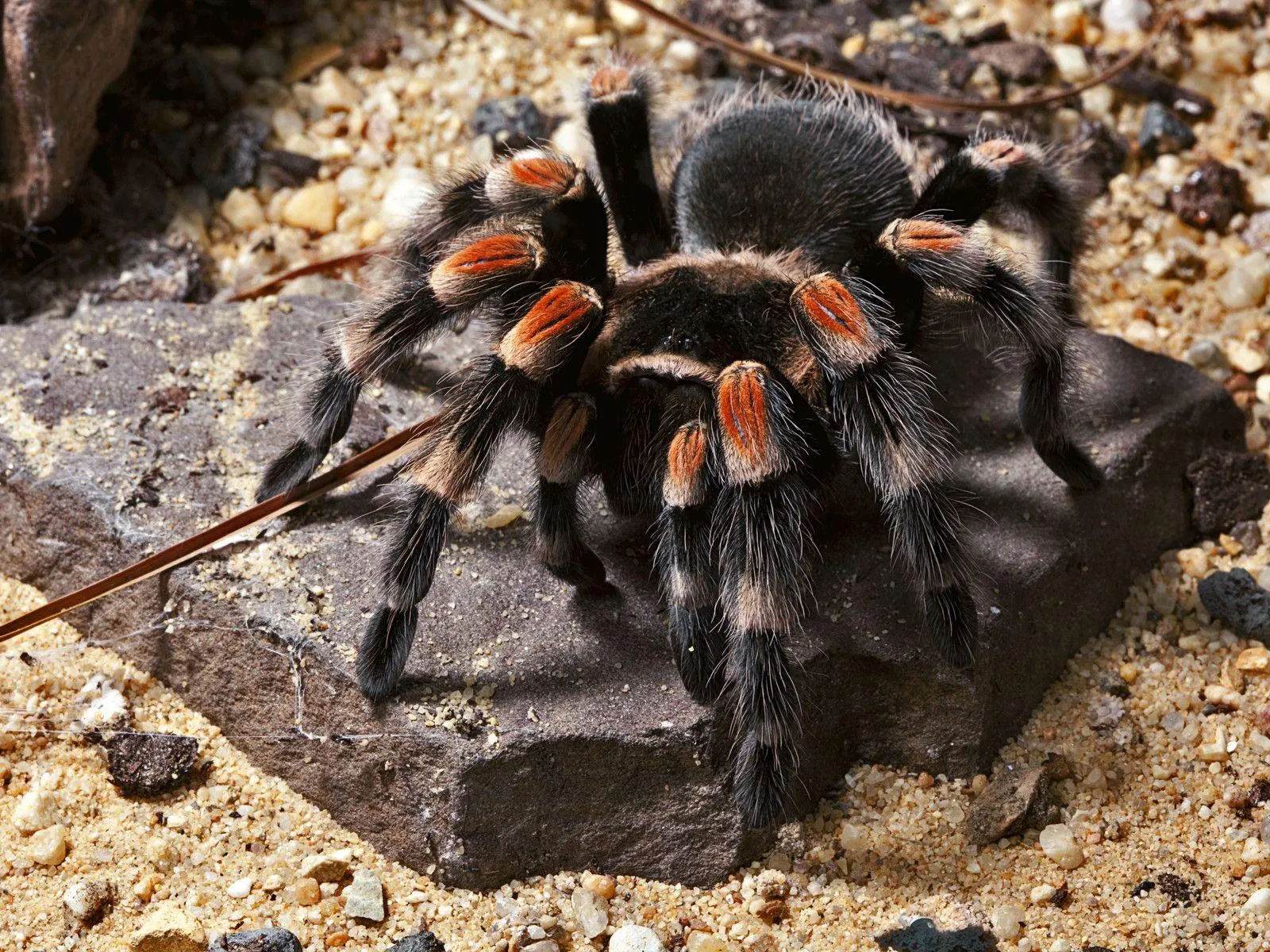
Tarantulas have a relatively long lifespan compared to many other spider species. Some female tarantulas can live for over 20 years, while males typically have a shorter lifespan. Ttarantula images captured over time can provide a unique perspective on the spider’s life cycle. Knowing their lifespan underscores the importance of responsible captive care and highlights the dedication required to keep these creatures as pets. Appreciating their longevity also adds another layer of fascination when viewing tarantula images, allowing you to consider the story behind each spider’s life.
Tarantula Images Display Growth
The growth of a tarantula is a fascinating process, and tarantula images often showcase this transformation. Tarantulas grow by molting, shedding their exoskeletons to reveal a larger body. Observing the molting process in images gives us insight into this critical part of their life cycle. Each molt brings new colors and changes in appearance, offering photographers exciting subjects for their images. Watching tarantulas grow through images can be mesmerizing, demonstrating the wonders of their life cycle. It makes the images all the more interesting to the viewer.
Tarantula Images & Photography Tips
Capturing stunning tarantula images requires a combination of technical skills, patience, and a keen eye for detail. Here are some essential photography tips to help you create exceptional photos.
Essential Equipment for Tarantula Photography
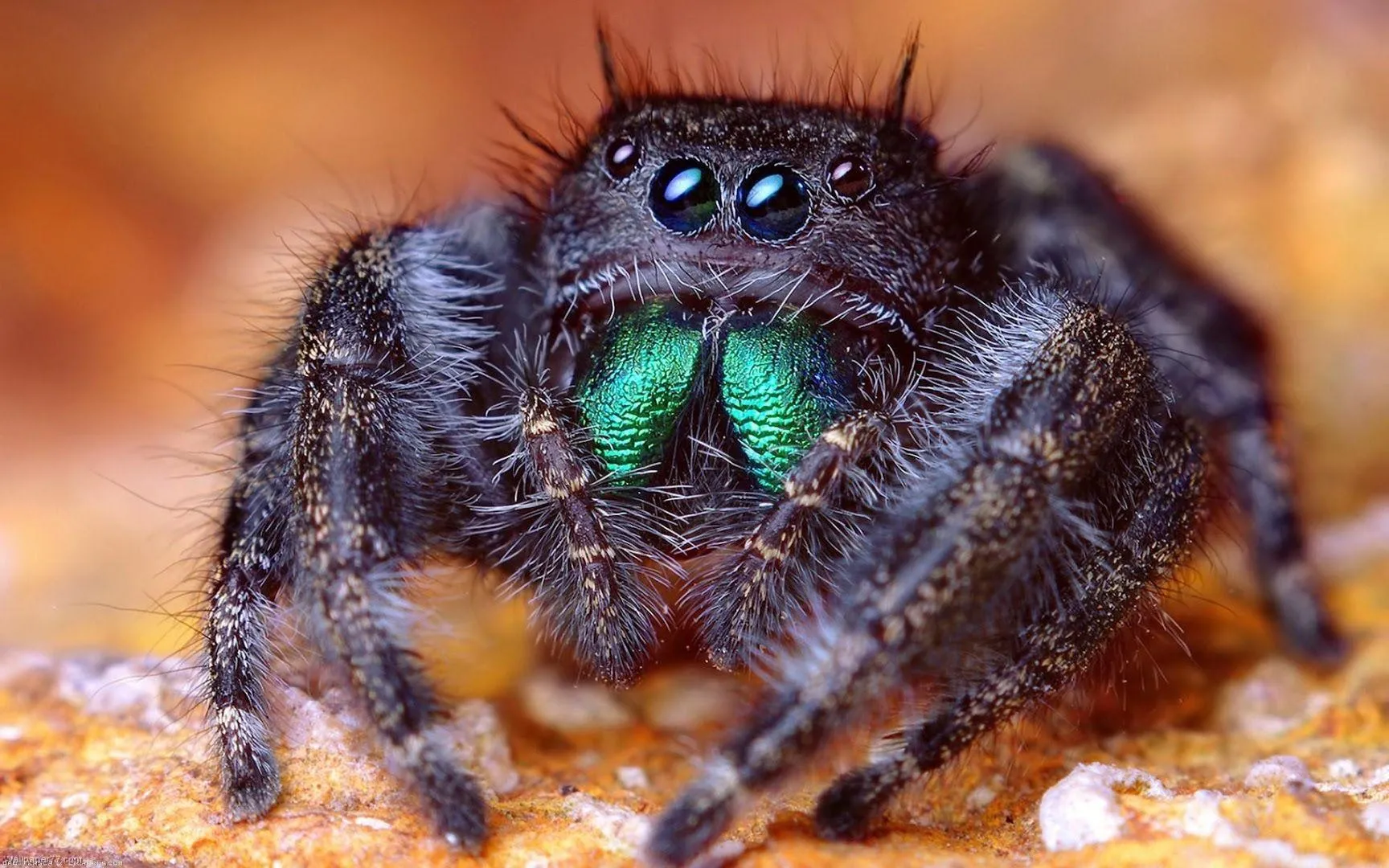
To photograph tarantulas effectively, you’ll need specific equipment. A macro lens is essential for capturing the intricate details of these spiders. A tripod is also crucial, especially for low-light conditions, to prevent camera shake and ensure sharp images. Additional lighting equipment, such as a ring light or external flash, can help illuminate your subjects and enhance your images. Always prioritize safety when photographing tarantulas, maintaining a safe distance and avoiding any actions that could stress the spider. With the right gear, your tarantula images will be stunning.
Camera Settings for Tarantula Photos
Mastering camera settings is vital for tarantula photography. Use a low aperture (e.g., f/2.8 or f/4) to create a shallow depth of field, which isolates the spider and blurs the background. A fast shutter speed is necessary to freeze the tarantula’s movements, especially if it is active. Adjust your ISO to balance the exposure, but be mindful of noise. Experiment with manual focus to achieve sharp images. Practicing and refining your camera settings will help you capture beautiful and detailed tarantula images.
Tarantula Images Composition and Framing
The composition and framing of your tarantula images are essential for creating visually appealing photos. Use the rule of thirds to position the spider in the frame, creating a balanced and engaging composition. Pay attention to the background, ensuring it is clean and uncluttered to avoid distractions. Experiment with different angles and perspectives to find the most compelling view. By focusing on composition and framing, you can transform a simple photograph into a captivating tarantula image.
Tips for Photographing Tarantulas Safely
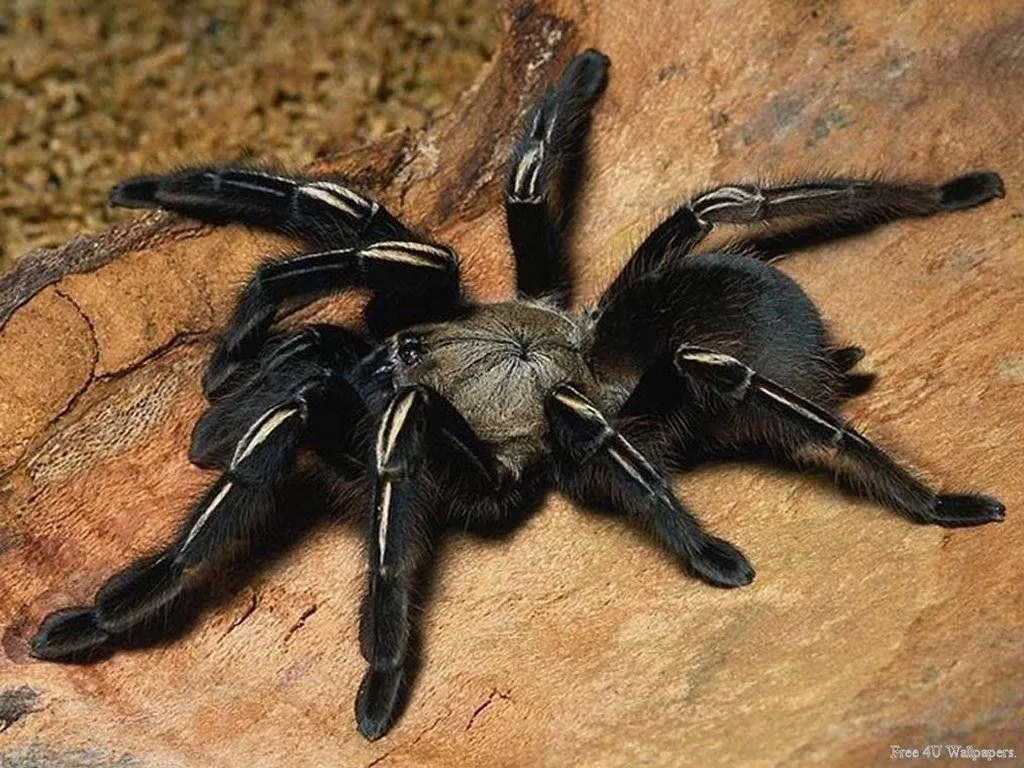
Safety should always be your top priority when photographing tarantulas. Never handle a tarantula unless you are a trained expert. Avoid sudden movements and loud noises, which can stress the spider. Always photograph tarantulas from a safe distance, using a macro lens to get close-up shots. Be aware of your surroundings and any potential hazards. Photographing tarantulas safely ensures both your well-being and the spider’s comfort, allowing you to capture beautiful images. Remember, respect these creatures, and take care.
In conclusion, the world of tarantula images and photography is filled with wonder, intrigue, and breathtaking beauty. By understanding the habitats, behaviors, and unique characteristics of these fascinating creatures, you can enhance your appreciation for the images and the stories they tell. So, grab your camera, follow these tips, and embark on your own photographic journey to capture the beauty of tarantulas. Whether you’re a seasoned photographer or a beginner, the world of tarantula images offers endless opportunities for exploration and creative expression.
